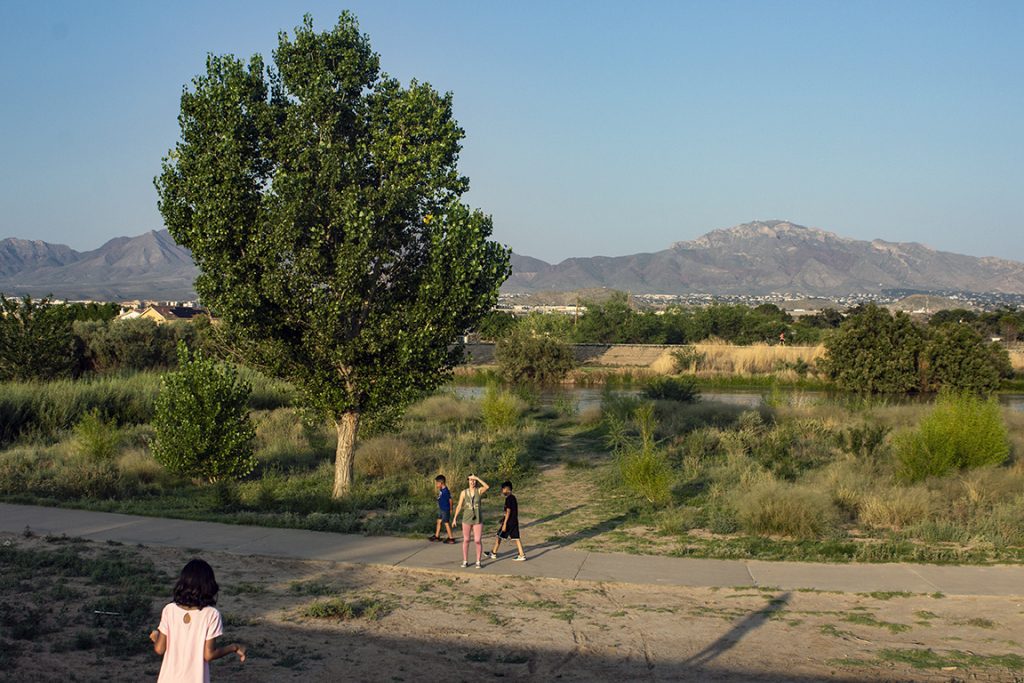Current work in wildlife, rivers, public lands, and climate
Press Releases
Downstream communities push for rejection of water export proposal in San Luis Valley
While there has been an outpouring of opposition to the project, both within the San Luis Valley and more broadly across Colorado, the groups hope to call attention to the potential cascading effects of the project for the entire Rio Grande Basin. The Rio Grande runs nearly 1,900 miles through three states and two countries and the Basin, which includes the San Luis Valley, sustains municipal and irrigation water use for over six million people and two million acres of land, as well as habitat for countless native and imperiled species. The amount of water that must flow from the headwaters of the Rio Grande in Colorado, to New Mexico, Texas, and Mexico is defined by two agreements: the Rio Grande Compact and the 1944 treaty between Mexico and the US. The groups warned that the expected impacts of climate change are already causing challenges throughout the Basin and highlighted that Colorado retaining more water than allotted under the agreements, a situation that occurred in the twentieth century, would be “catastrophic for water users across all three states and Mexico.”
The project is not the first proposed water export project in the San Luis Valley, with a number of attempts to transport water out of the San Luis Valley failing to come to fruition since the 1980s. The groups pointed to similar proposals that have been shut down by Colorado Courts, which cited the adverse effects such proposals would have on the aquifer and surface water. The groups also noted that both surface and groundwater in the Valley have been designated as over appropriated, meaning that more water is promised than actually exists in the system.
Noting the ongoing voluntary efforts within the Valley to ensure groundwater levels are maintained, the groups identified that accepting Renewable Water Resources’ proposal would “undo years of community-driven efforts to find solutions.”
“The Douglas County Commission has the opportunity to do the right thing here,” said Tricia Snyder, Rio Grande Campaigner for WildEarth Guardians, “Downstream communities don’t want this project to move forward any more than the communities in the San Luis Valley and it’s contrary to the kind of holistic thinking about river systems required to deal with the impacts of climate change.”
“This type of water transfer works counter to local water conservation efforts along the Rio Grande and will impact both farmers and the river itself,” said Paul Tashjian of Audubon Southwest.
“Our nation’s national wildlife refuges are treasures providing habitat for native species throughout the country,” said Lane Kleckman, Advocacy Committee Chair for the Friends of Bosque del Apache National Wildlife Refuge, “The Rio Grande watershed is already profoundly overtaxed and the potential effects to this project on the Baca National Wildlife Refuge are unacceptable.”
The letter was signed by a total of 15 groups.

A family walking along the Rio Grande in El Paso, Texas. The river is a central place for gathering and community throughout much of its nearly 1,900 mile course. Photo by Javier Gallegos.